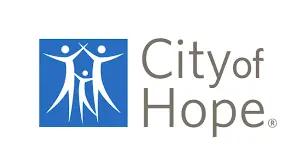
Disparities in Access to CAR T-Cell Therapy for Patients With Cancer

Lindsey S. Treviño, PhD, discusses some of the disparities that currently exist among patients with cancer.
Lindsey S. Treviño, PhD, assistant professor, division of health equities, department of population sciences at City of Hope in Duarte, California, discusses some of the disparities that currently exist among patients with cancer.
Treviño notes that structural barriers and social injustices are often seen between patients and their healthcare providers. However, these disparities also exist at the systemic level between the entire healthcare system, society, and the cultural beliefs of patients with cancer.
According to Treviño, some of the most prevalent socioeconomic, racial, and ethnic disparities are seen with a patient's access to chimeric antigen receptor (CAR) T-cell therapy. In particular, patients who are African American and Hispanic often are underrepresented in clinical trials. This makes them less likely to receive access to experimental treatments in a timely manner.
Transcription:
0:10 | Studies have shown that there are socioeconomic, racial, and ethnic disparities in access to CAR T-cell therapy, for example. One example of this is that African Americans are less likely to receive CAR T-cell therapy, compared with other racial and ethnic groups. Layered in that and on top of that is that African American and Hispanic patients are underrepresented in clinical trials in general, but [especially] for these CAR T-cell therapy trials.
0:44 | These disparities in access and clinical trial representation are a major issue because we know that CAR T-cell therapy has revolutionized care for patients with blood cancers, such as multiple myeloma. We also know that African Americans have more than double the mortality rate of multiple myeloma compared with other racial and ethnic groups. What we are seeing here is a gap between the patients who are more likely to die from the disease and who would benefit from these therapies, but [due to] the gap to access, they are less likely to receive these therapies.









































